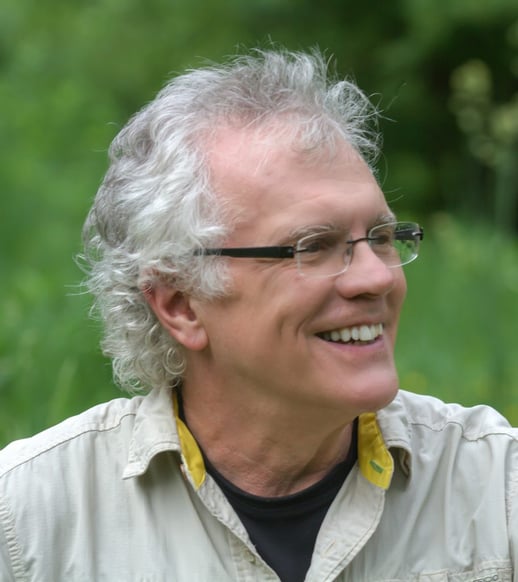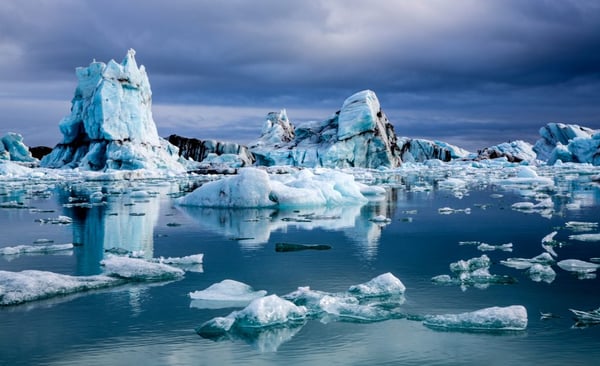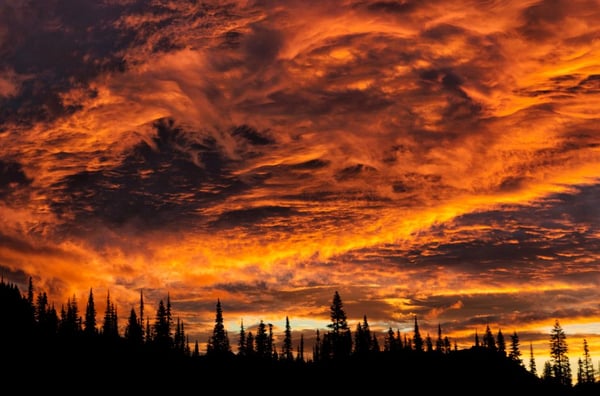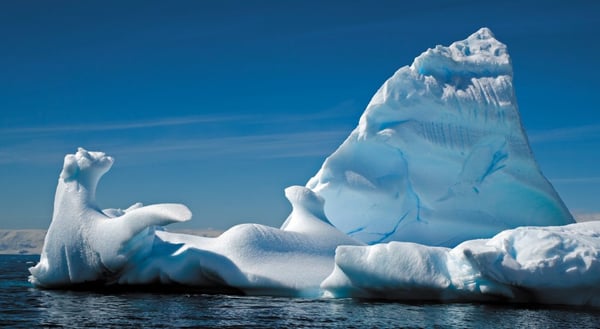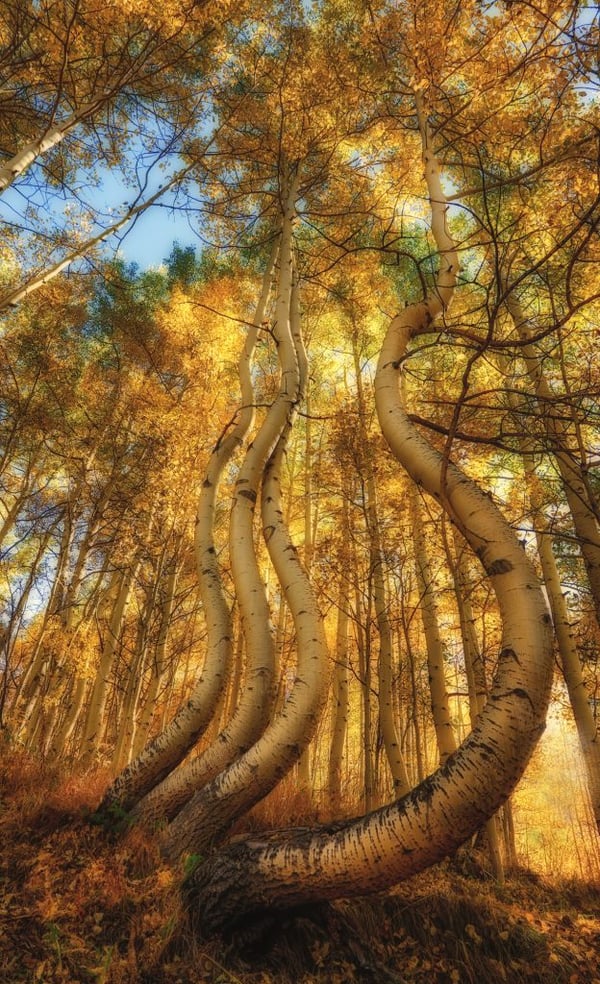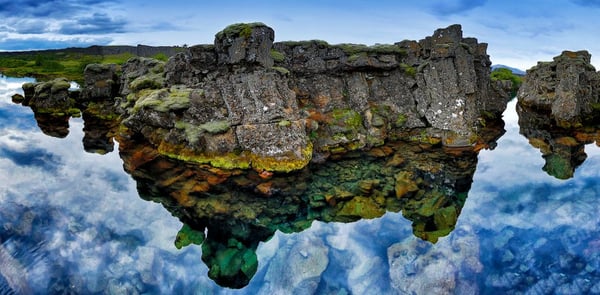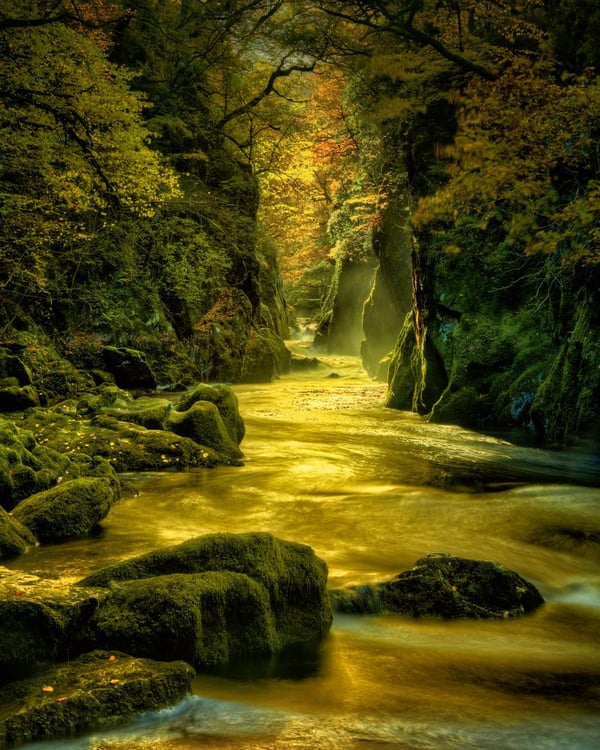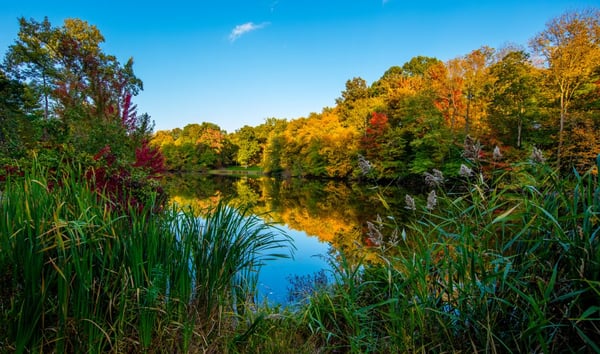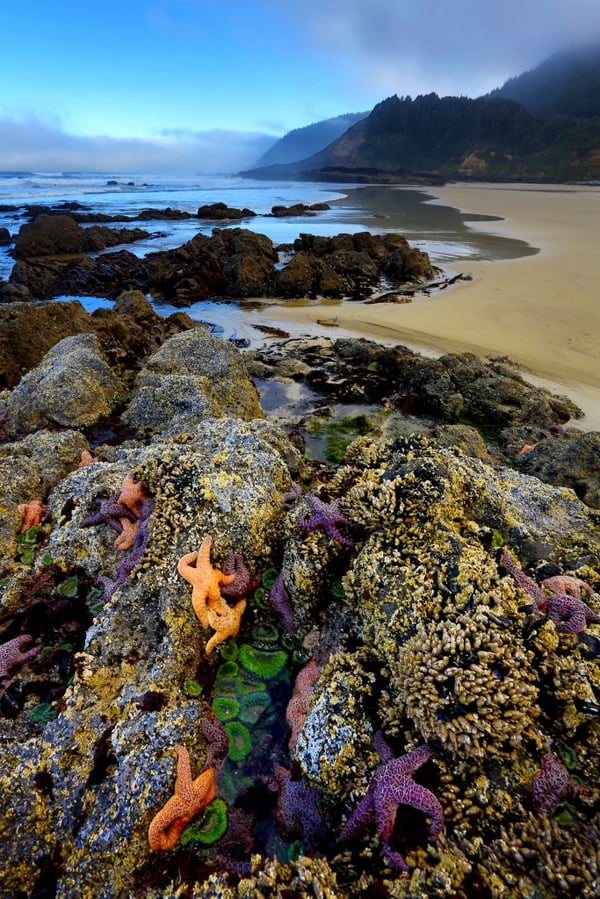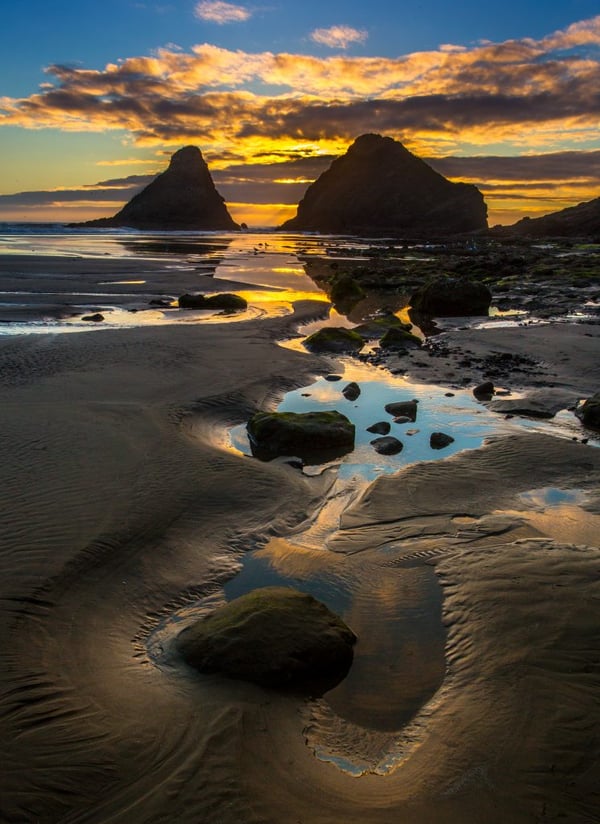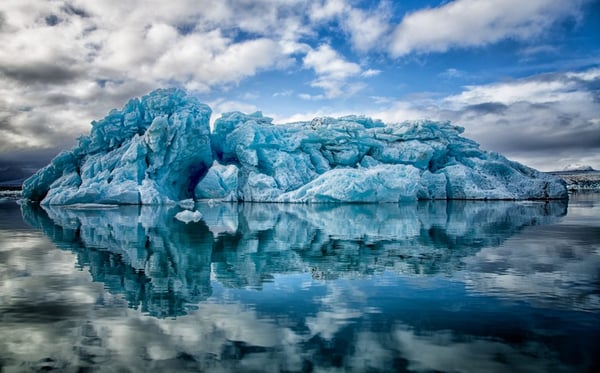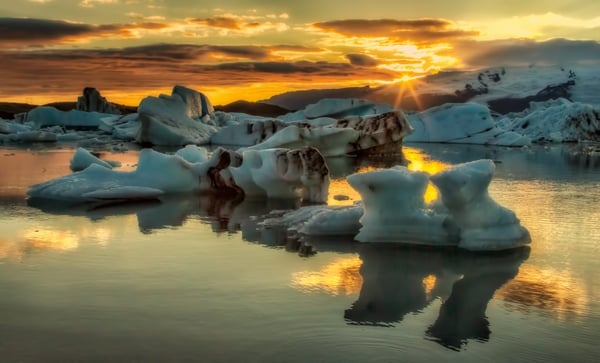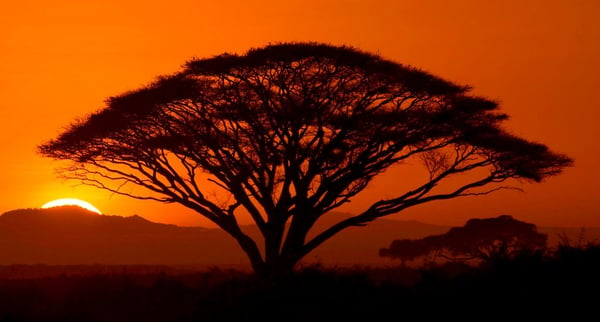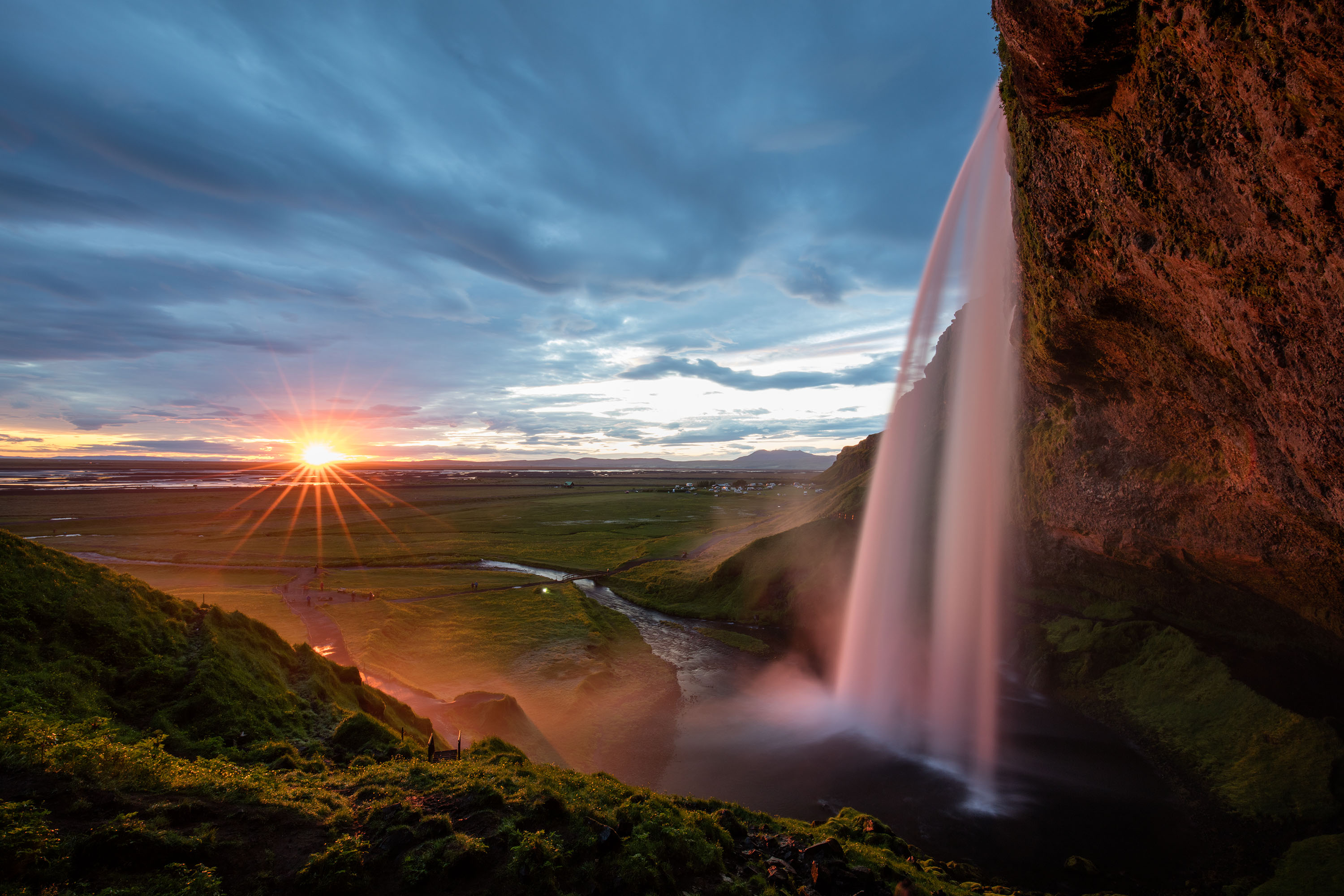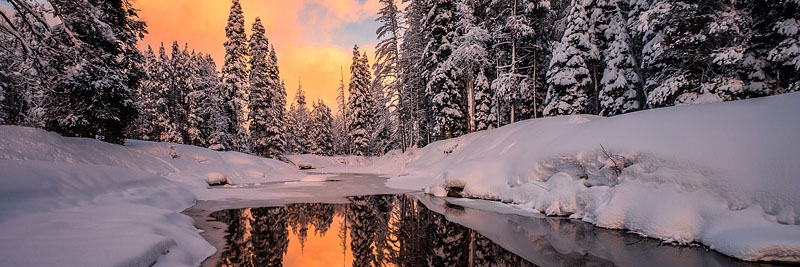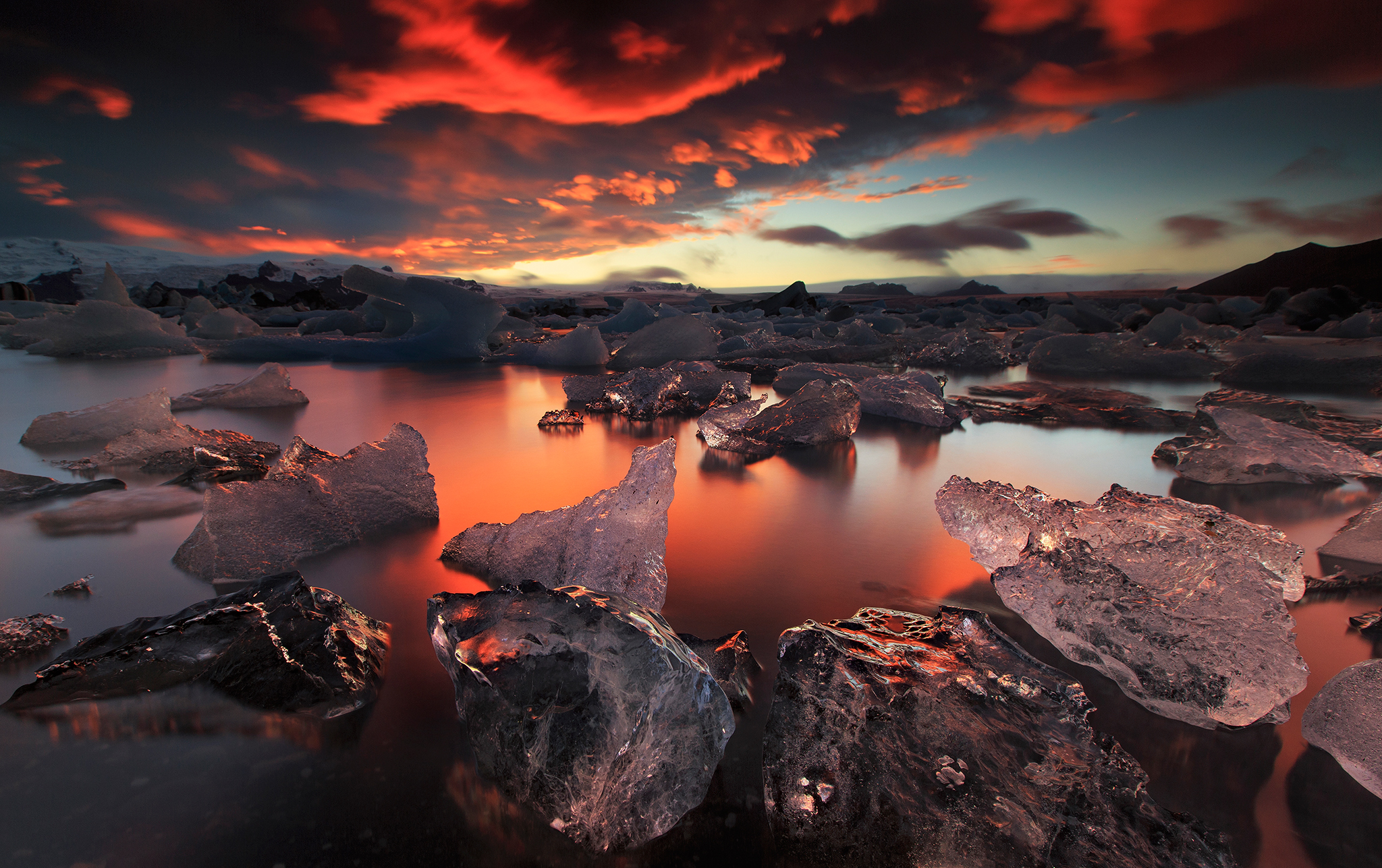Raw & Unedited A RRS Interview with Rick Sammon
This interview is sponsored by Really Right Stuff.
Interview by Tiffany Reed Briley for Landscape Photography Magazine.
Hey Rick! We are SO excited to have this time to chat with you and pick your brain. The RRS Sponsored Interviews are called Raw & Unedited because anything goes, and we really want you to be as candid as you feel comfortable with. So let’s get started.
If you’ve been in photography any length of time as a photographer, you’d have to have lived under a rock to not know the name Rick Sammon. You’re a successful photographer, writer, speaker and instructor. But where did it all begin for you and how did you get started?
Well basically it began in my parents basement in the 1960’s (before you were born) developing black and white film in the darkroom and my mother would hand color them. I was around photography from a very young age and although my father wasn’t a professional, he loved photography and loved taking pictures. I started doing it myself and I thought it was magical. I still think that today. I think there’s never been a more exciting time for people to be photographers because there’s so much we can do.
When did you make that shift into becoming a pro?
Well, I did not make it until I was 40 because after high school I had a couple of jobs, then I went to Berklee College of Music in Boston studying the arranging of composition in Jazz. When I got out of there, I was teaching music. In my down time I started sending pictures to magazines because I thought it would be fun to be published. The first picture I sent did indeed get published. They then asked me to write an article, and following that (with no experience) they asked me to be editor of the magazine, which was Studio Photography Magazine. I did that for three years, and with zero experience, Minolta’s advertising agency called me up and wanted me to be the Vice President & Group Supervisor of that account and so I started doing that in 1980 for 10 years. However, from being in that business, I knew I wanted to be like the photographers we were representing, so I started making a plan to get out. I’ve been doing this now full time for 26 years and I’ve never been more excited, energetic, or enthusiastic about life, photography and music.
So you must be an artist at heart, what with being a musician and also a photographer, aren’t you?
Well, thank you! I hope so. I still play music every day (guitar and keyboards). I think it’s all related. So many photographers are musicians, Tiffany. Ansel Adams was almost a concert pianist and so many of my friends are very talented musicians. I think if you’re good at one thing, you’re probably good at something else.
How have you seen the photography industry change and evolve since you started in the 1970s?
It’s still about capturing the image. Of course the technology has changed, but it’s the same basic concept. Every picture we take has one main element, which is light. When you break that down, the sub elements are shadows and highlights. If you understand that when you’re shooting and then processing, that’s really important. The basic concept hasn’t changed. I have a new book out called Creative Visualization for Photographers. It’s all about visualizing the end result.
Things have changed technologically, and the business has changed because nowadays everyone is a photographer. Back in the 1970s you could name the top 5 photographers in the United States. Today, there’s a million great photographers, so my advice is to learn how to write. There might be a million photographers out there, but there’s only a half a million photographers out there who know how to write. So writing is the key to being successful today.
Another thing I think is really important about setting yourself apart is learning to become a great public speaker. This is so important. Whenever I speak publicly I try to make it a presentation–nobody wants a lecture. Nobody wants a photographer to simply brag about his or her great pictures. Nobody cares about how hard it was to get that picture. Now you can tell the story, but people want good solid information and they want to be entertained. They also want to feel like they are a part of it. You have to have confidence and you have to know and feel your audience.
That’s a really valid and great point. Going further off that, you had mentioned just a bit earlier that you had entered an image to a magazine that had been instantly published. How have you seen that change now with it being more competitive. Do you feel that writing increases your chances to be published in a magazine?
Here’s the thing. Everyone reading this article knows what I know. A lot of people reading this article lead workshops, a lot of people reading this write books. I think the thing that makes photographers stand out, and why people would read their book or come on their workshop, is their personality. I personally try to make learning fun. I guarantee that you’re going to come out with me and you’re going to have a truly great time having fun. My philosophy is that if you’re not having fun, you’re doing something wrong. So I think it’s personality. I think your personality comes out in your headshot, and the pictures you post on social media. Your pictures really do say a lot about you. 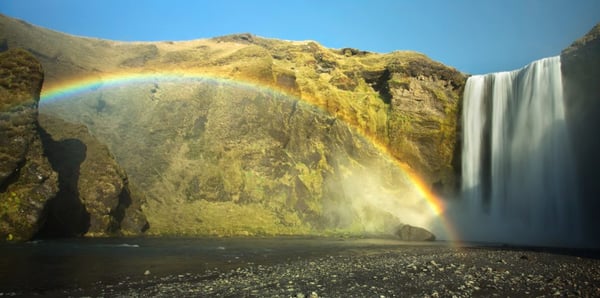
You’re an underwater, landscape, wildlife, travel, and cultural photographer. Is there one genre you enjoy more than others? How have you mastered all of them?
I tell people my specialty is not specializing. So it sounds kind of funny right? I do a little bit of everything. I love wildlife photography and I’m heading to Antarctica at the end of the year. When it comes down to it though, I really do love photographing the people. It’s not the aperture, shutter speeds and ISO’s anymore (the exposure triangle). What it comes down to is getting that person in Cambodia or Nepal to like me or accept me in a matter of seconds so I can take their picture. There is an old expression I use a lot (because I’m old) and it’s “the camera looks both ways.” In picturing the subject, we’re also picturing a part of ourselves. That means that the mood, feeling, energy, body language and all the stuff we are doing is reflected in our subjects. This is the thing we have to be thinking about. I’m thinking about the camera looking both ways. If you take a landscape picture, you might be taking a picture of something from your heart. I think this might be my very best photo tip.
Do you feel that it’s important to have a personal style and if so, how does that evolve, in your opinion?
A lot of people think you should specialize and have a personal style, but my specialty is not specializing as I mentioned before. So I don’t think that if you looked at one of my underwater pictures, landscape pictures, or HDR pictures you would recognize a specific style. There are people who have a style. We mentioned before that if you’re good at one thing, you’re likely good another. So if you’re good at food photography, you’re probably good at flower photography. If you’re good at sports photography, you’re probably good at wildlife photography. My advice is to do as many things as you can, so if people want to hire you to do something different, you’re not locked into one genre.
We really want to thank RRS for sponsoring this interview, getting us in contact with you, and for allowing us the opportunity to chat with you. Can you tell us how long you’ve used RRS and what made you decide to make this your tripod of choice?
Well people come to my workshops and, let’s say we are up in Iceland, because this happens during every workshop while we’re there, let’s say we are photographing this beautiful black beach with pieces of icebergs and we’re capturing the water flowing in and out. The people know we are doing this, and yet they show up with a cheap tripod. This is the biggest mistake people make. It’s flimsy, the ballhead is not locking, the column isn’t right, and the legs are hard to lock. And then they see me using my RRS tripods (that I’ve used for 5 – 6 years) and I say “if you buy this tripod, you’re never going to have to buy a tripod again. It’s so sturdy and steady, and the ballhead is flexible.” The RRS ballhead is the best ballhead out there. This is a big mistake that photographers make. Tripods are expensive, but it’s an investment you only have to make one time. So folks leave my workshop and then they go home and buy one.
Here’s a quick tip: I see people mounting their cameras with straps still attached. This isn’t a good idea because the wind could catch that strap and cause vibration.
I believe, that if you call the group over at RRS they will fit you into the right tripod through a series of questions about you and your photography. Isn’t that right?
Today, no matter what company it is, customer service is key. RRS has great customer service. One of the quick releases on my ballhead was bent when someone knocked it over. I sent it in, and it came back right away, perfectly restored.
You’ve clearly been in the industry for a long time, can you tell us a few of the things you do to keep yourself inspired? How do you feed your passion?
I think a lot of things keep me inspired. It’s so exciting going to a new place. I’ve been to Africa four times and my wife and I were talking and the two previous times we went we caught such amazing pictures. During this particular trip we were leading a workshop and we were focused on our clients getting great photos, but in addition to that we were able to get many great photos ourselves. I think it’s the excitement of not knowing what you’re going to get and then the thrill of looking at it in Photoshop or Lightroom. You know when you’ve captured the magic. That really inspires me. Also when people thank me for helping them make good pictures, it’s really rewarding.
Photography gives you a license to do things you wouldn’t normally do. In other words, to go into a village in Papua New Guinea and join in these peoples lives. Or to go into a remote region of China, enabled to see how these other people live and what is most important to them.
Off of that, I would think that by taking the time to study and learn the culture of these places (like you have done) that it would also speak into your landscapes when you’re capturing the essence of that land.
Well that’s true. Understanding the subject is vital. Having a great guide is important, but understanding the subject is important no matter where you are.
You have achieved so much, Rick. I think most people looking at your bio would say, “Wow! This guy has done it. He’s achieved all of it.” Clearly you’re still a spring chicken, so what’s your next goal or challenge that you’d like to accomplish?
I have written 36 books, and I have another one coming out in September called The Evolution Of An Image, in which I talk about how important a guide is in getting ready for the picture. And I show the outtakes! It’s really a behind the scenes look. People think I go and just easily get these shots, but it is a process.
To answer your question, though, I would love to have a coffee table book made full of my world pictures. But the thing is, it’s pretty hard to get a coffee table book made today. The market for those types of books is very tight. I do follow my own advice, which is never give up. This is why I have 37 books and 13 classes on Kelby Training. I think I give more seminars than anyone else. I believe I’ve done 8 already this year, and 4 to 5 more coming up.
You know, we’re talking a lot about giving advice to our readers. It’s not only competitive with more photographers in the field, but finding compositions all your own is that much more difficult these days. What advice would you lend the readers for this?
Well, we do a lot of workshops, and once when we were in Yosemite a person wasn’t happy because she wasn’t getting “the iconic shot.” You know, that’s ok. Get the iconic shot, but also try something different. Try some different processing or a different lens. A lot of people photograph half dome with a wide angle lens, so maybe try a telephoto lens instead, or photograph it at night, or in the rain, or make a high contrast print. Only 30 years ago star trail photos were amazing to people. They are not that amazing anymore because they not that hard to do. They are fun and I’m not discouraging people to try them (and for that, by the way, you really do need a sturdy tripod. This is where RRS comes in again).
I saw a Miles Davis quote today and it applies to photography. He said “sometimes you have to play a long time to be able to play like yourself.” My photographic spin on that quote is this: sometimes you have to copy a lot of pictures before you can start taking pictures for yourself. There’s a great New York Times best selling book available titled Steal like an Artist. It starts out with a quote from Dhali that I love. It reads: “Those who want to imitate nothing, create nothing.” It sounds funny at first, but it’s true. Once you learn all the techniques you can apply them to different types of photography and different compositions. Follow your heart, and learn about composition, but then feel empowered to break every rule.
Do you have a location you’ve not been to yet that you’d really like to visit and photograph?
We are planning trips to the Falkland Islands and to South Georgia. The landscapes are spectacular as well as the animals. I’d also love to go to Patagonia because I’ve seen some amazing photos of landscapes come from there. I also recently saw someone’s photos from trips to Canada, and I think I’d like to get up there and do a workshop with this person. I think it would be awesome to see the Canadian Rockies.
The Rockies are gorgeous. Is there one common theme you see photography students struggle with? What’s your advice to help them overcome that struggle?
If I had 15, 20, or even a 100 of my fellow workshop instructors in my office right now they would all give you exactly the same answer. People don’t know their gear. They don’t know their gear well enough at all. They don’t know how to shoot on manual. Even though 90% of my images are photographed in aperture priority, there are times when you will want the option of shooting in manual. One time a student couldn’t find where her self timer was, and so she got frustrated with me.
When Carlos Santa or Eric Clapton are on stage, they aren’t looking at their fingers every second or thinking about what key they are playing in. They do not wonder how they move the dials, they just do it. That’s what we have to do as photographers, and that comes with a lot of practice. So you have to know your gear. Lack of gear knowledge is the biggest mistake I see.
I know you’ve mentioned to me in the past that you use plugins for your post processing. Which ones do you use?
I enjoy OnOne Software, I love Nik, Topaz, and Topaz Impressions. I think the right plugin can help awake the artist within.
Being in the industry for over 40 years, what is one thing you feel photographers today could learn from those who came before us?
I would say to follow your heart. You can copy all the other stuff and you can listen to all the criticisms, but I would say to follow your heart. When you do what you want to do, and you get good at it, the money will come. As my mother once told me, when I was younger, you must never give up.
Rick, I think it’s safe to say that you’re viewing the photography industry from the top. So when you are looking down at the photography industry globally you must get a different perspective when you can see the whole picture. You have the relationships with magazines, brands etc. What do you think is the most important element to being a successful landscape photographer?
I think the most important element is to cut the clutter. Wherever you are, be it Half Dome or a beautiful lake in Canada, you will see this spectacular scene, and can sometimes get overwhelmed. We have to cut the clutter and realize that throwing on the widest lens isn’t going to tell the story.
Looking back at your life, what is one legacy or impression you hope to leave on the industry?
I would say I’d love for people to look back and say, “This guy had a lot of fun, he made it fun for a lot of people, and that I learned from him.” I have a bunch of quotes, and I call them Sammonisms. I’ve already dropped a bunch of them in the interview, but I think my all time favorite quote is this:
“We are a part of everyone we meet.”
When you think about this, Tiffany, your personality is developed because you saw things in other people that you liked. I’m sure you have met people that have traits that you don’t like, and those are the things you leave behind. So we really are a part of everyone we meet. When you think about that, it means that even we who lead workshops become a part of those guests. Thirty years from now, someone hopefully will look back and say “I had so much fun with that guy, I learned so much from him, and he was generous”.
If you could leave one piece of advice for our readers, what might that be?
Go for a walk, and not just to stay healthy. There is another quote I love and it is “Angels talk to a man who goes on a walk.” I have 36 books, and I get so many of my ideas when I’m out walking. We are so caught up with our emails, texts, and other chirping devices, that we are hardly able to think. When we are able to go for walks we are allowed the quiet to actually think deeply. When I walk, I leave my phone and my camera. Try it out, and see how many ideas come to you.
—
Rick Sammon
A tireless, prolific and inspirational image-maker, Rick, called by some “The Godfather of Photography,” is one of the most active photographers on the planet – dividing his time between creating images, leading photo workshops, and making personal appearances. Rick’s enthusiasm for digital imaging is contagious. He is a man on a mission – a mission to make digital photography fun, creative, exciting and rewarding for others.
